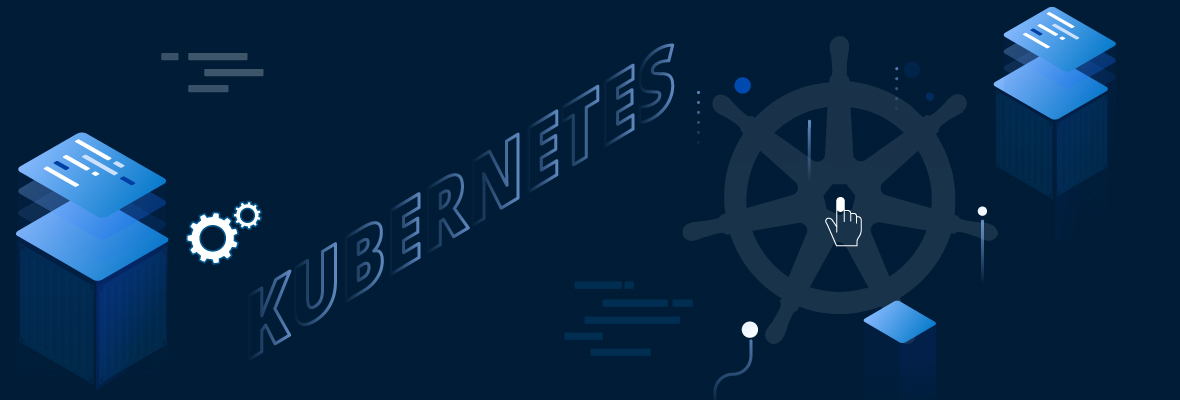Modernizing Enterprise Infrastructure With Containers
With the adoption of agile microservices, enterprise IT teams have rapidly transitioned from managing pets (physical and virtual servers) to cattle (public cloud services) to now chickens (containerized infrastructure). Container platforms like Docker and container orchestration engines like Kubernetes are helping IT operators drive greater agility, portability, and flexibility for scaling, managing, and optimizing microservices architectures.
451 Research predicts that the application container market will reach $4.3 billion in annual revenues by 2019. Here’s more evidence on how fast the enterprise container ecosystem is evolving currently:
- Stack Overflow’s 2019 Developer Survey found that Docker and Kubernetes were the second and third-most loved technologies across 90,000+ global respondents.
- There are 37+ billion downloads of Docker containers and 3.5 million Dockerized apps in use. A recent CNCF survey found that Kubernetes was the preferred container management solution for 83% of global IT decision makers.
- The leading cloud platforms not only support Docker containers but also offer managed Kubernetes deployments like Amazon Elastic Container Service for Kubernetes (EKS), Azure Container Services (AKS), and Google Kubernetes Engine (GKE) for ease of use.
Real-Time Container Monitoring and Management with OpsRamp
The OpsRamp 2019 Winter release introduced support for the Kubernetes orchestration engine so that IT pros can track the health and performance of cloud native services at scale. Our Kubernetes integration helps discover, monitor, diagnose, alert, and remediate issues across Kubernetes clusters with data-driven insights through:
- Discovery. OpsRamp discovers and onboards Kubernetes clusters across on-premises, private, and multi-cloud environments so that IT teams can quickly understand the container footprint (applications/services) running inside their Kubernetes clusters.
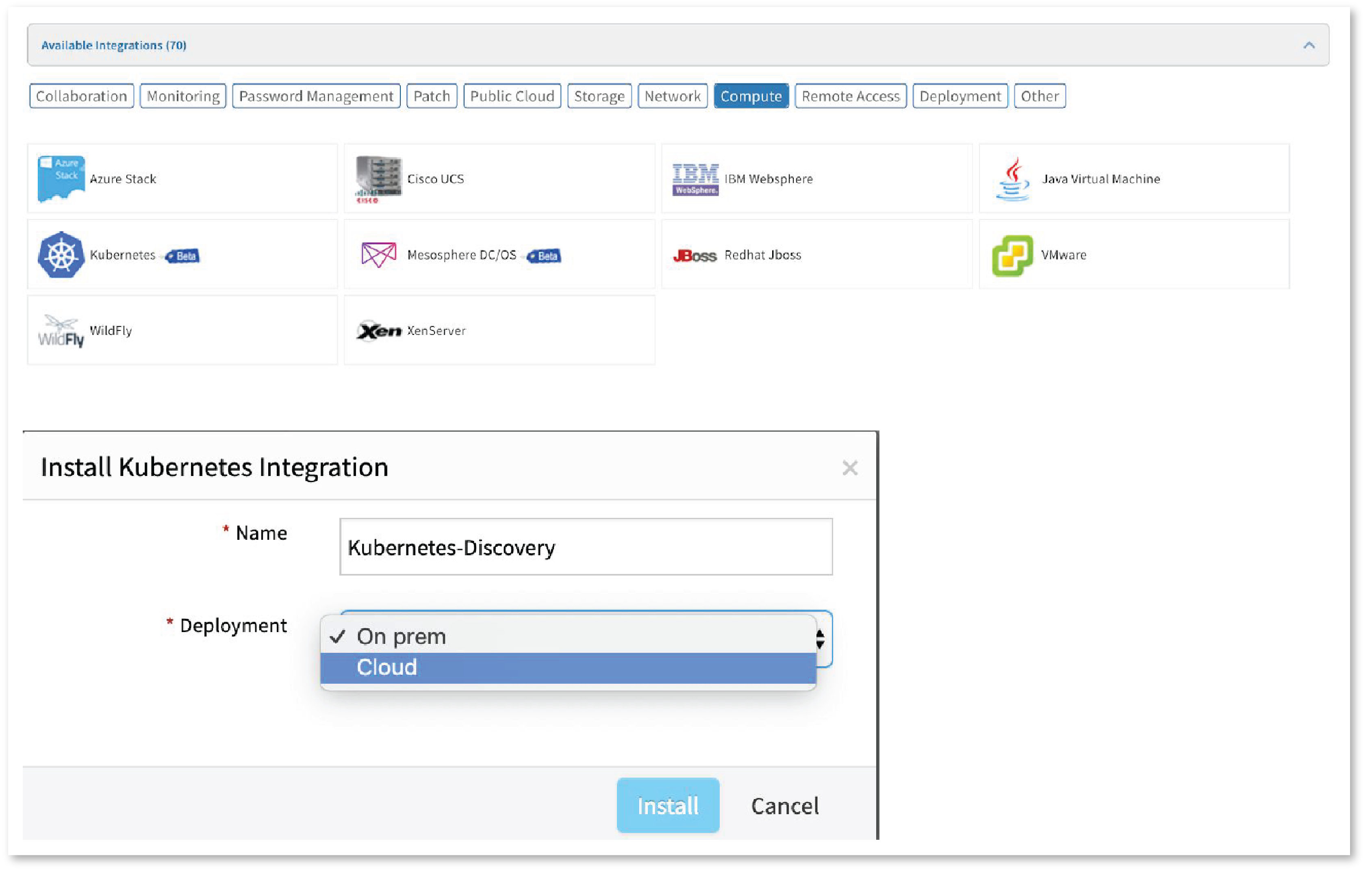 Figure 1 - Monitor the performance of Kubernetes clusters, hosts, and containers with our integration.
Figure 1 - Monitor the performance of Kubernetes clusters, hosts, and containers with our integration.
OpsRamp generates a YAML file by clicking on the ‘Install Kubernetes Integration.’ To install the OpsRamp agent as a container, you will need to copy the YAML file to the Kubernetes Controller and then execute the following command:
Command: kubectl apply -f opsramp-agent-kubernetes.yaml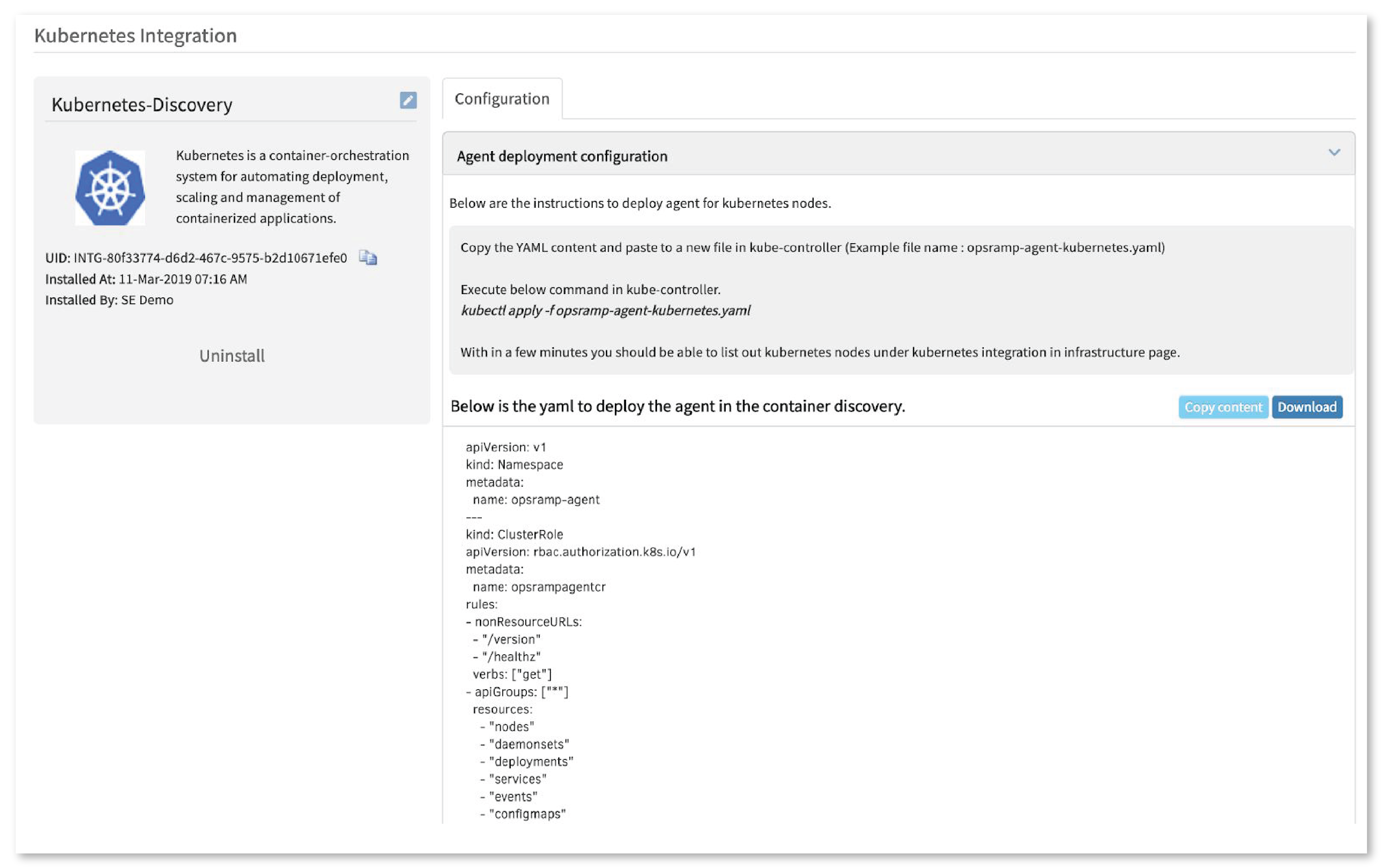
Figure 2 - The OpsRamp agent monitors the performance of Kubernetes deployments across on-prem and multi-cloud infrastructure.
OpsRamp’s container management agent for Kubernetes discovers the Docker image name, hosts, containers, Daemon sets, namespaces, pods, replica sets, and services, so that IT teams can ensure that containers are running in their desired state.
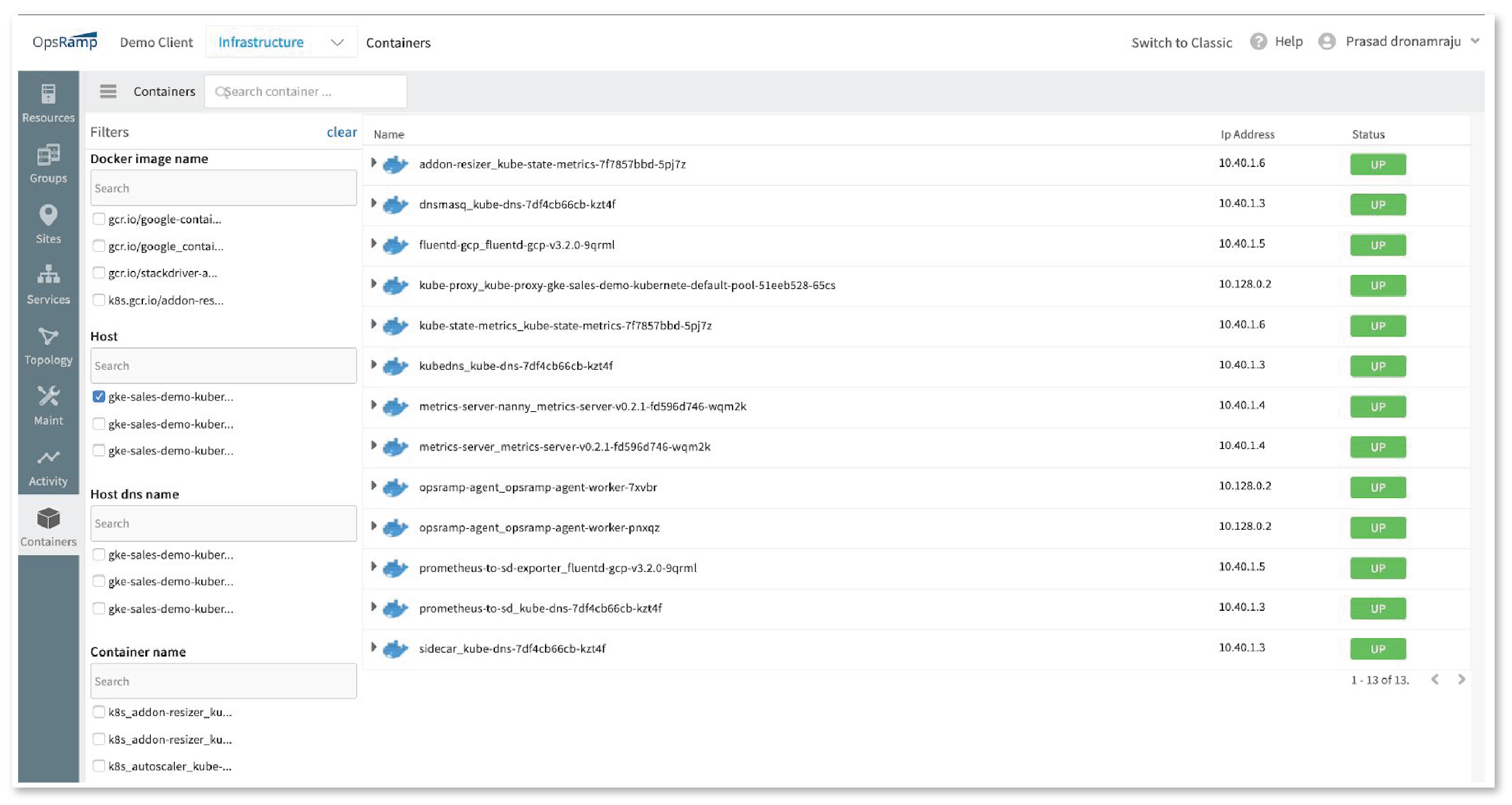
Figure 3 - Visualize all your Kubernetes container workloads in a single place.
2. Intelligence. OpsRamp’s pre-configured Kubernetes monitoring templates offer relevant performance metrics and visualization capabilities so that IT teams can monitor what’s happening at the cluster, container, and microservices layers. DevOps teams can not only track resource trends (CPU and memory utilization) but also the total services (nodes and containers for each cluster, a breakdown of pods by namespace) for each Kubernetes cluster.
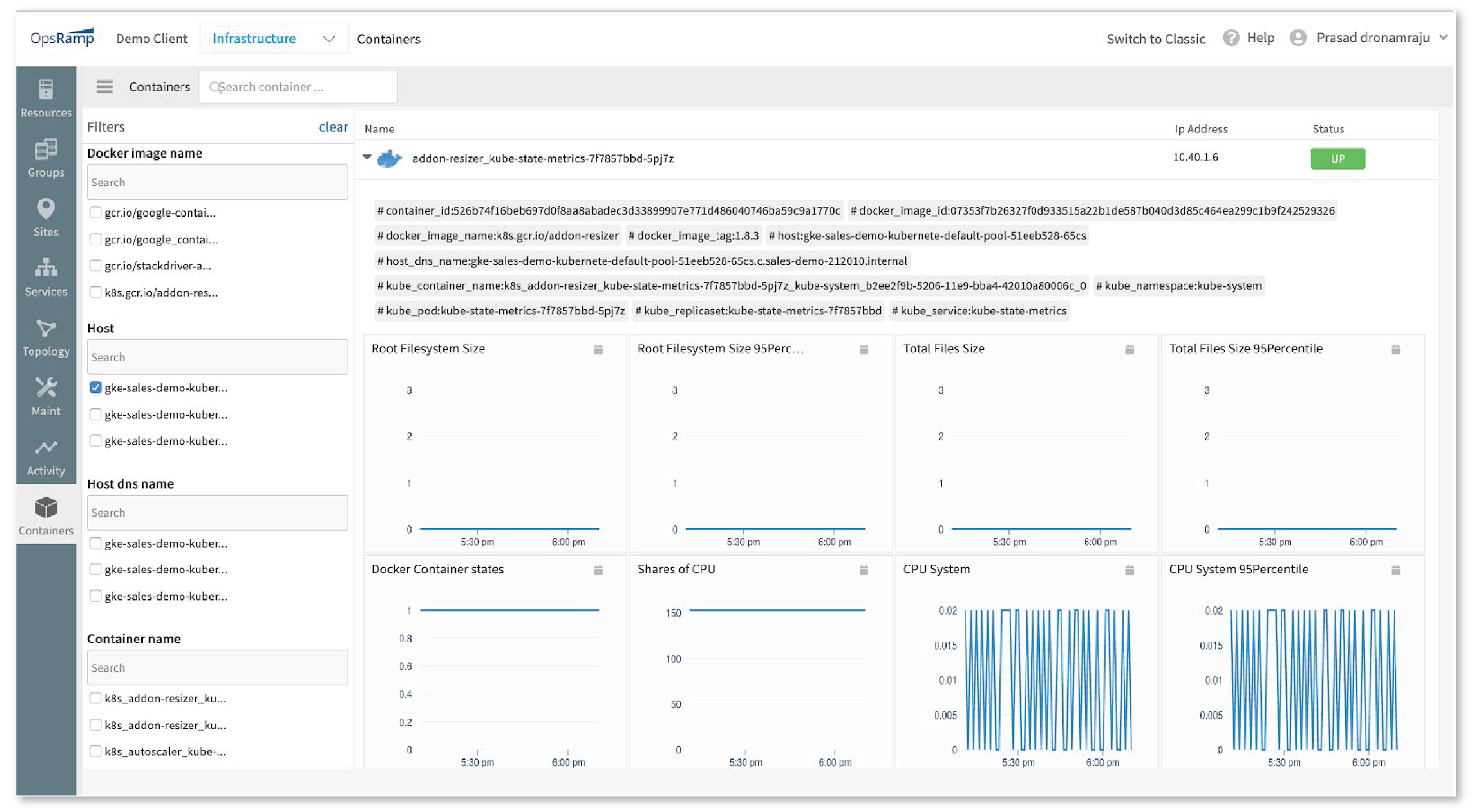
Figure 4 - Ensure cloud native observability with the right performance metrics for container workloads.
3. Dashboards. OpsRamp’s dashboards for Kubernetes deliver a contextual view about an enterprise’s cloud native services and underlying containerized workloads. Dashboards help application owners and site reliability engineers track cluster, node, namespace, pod, and container level metrics and help answer the following questions:
- How responsive are the processes within the container?
- Are clusters healthy and properly sized? Can applications be effectively run using fewer nodes?
- Do changes in utilization indicate a problem with a process or application?
- What percentage of time is the service reachable? How many requests are in the queue?
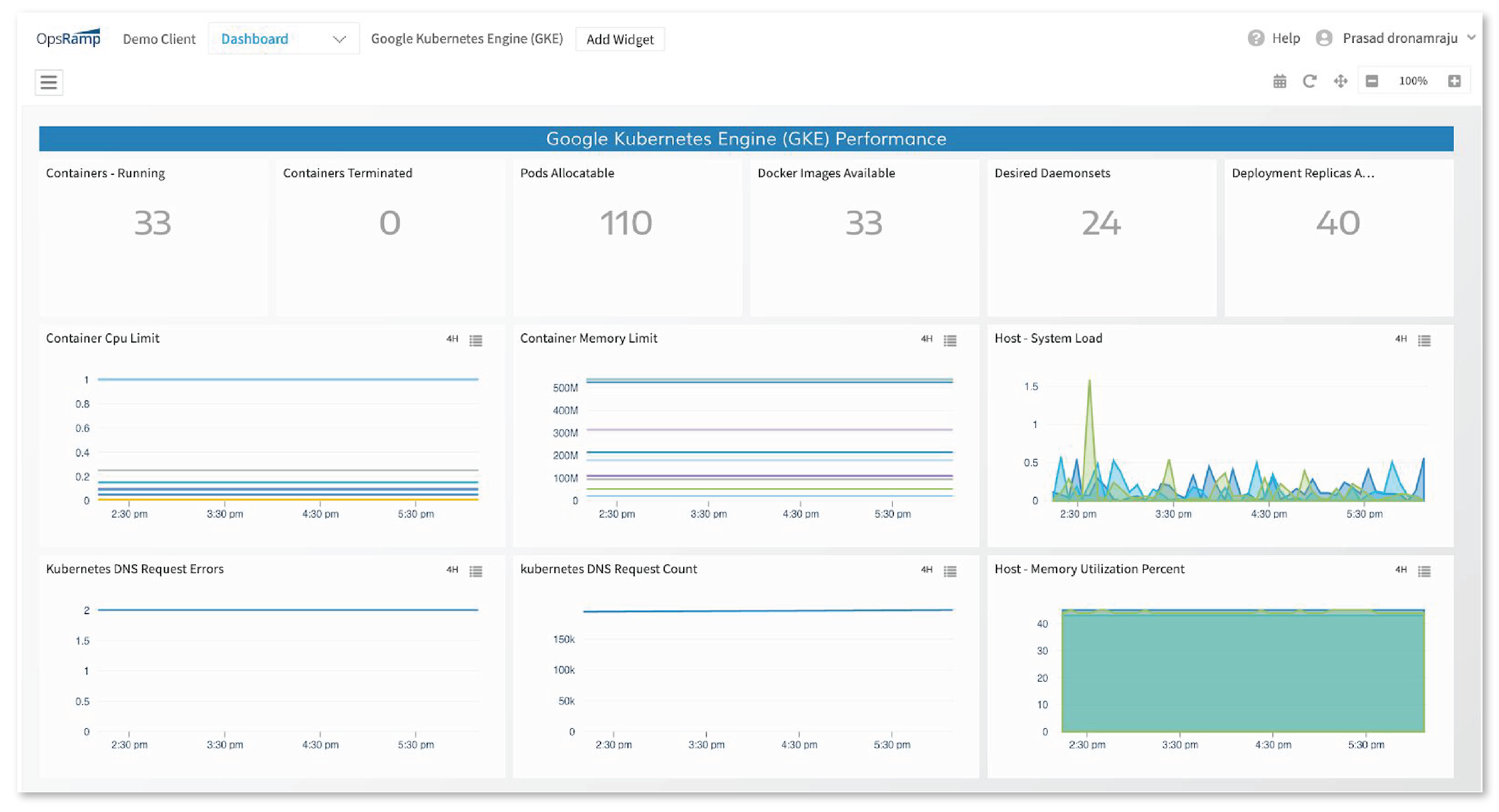 Figure 5 - Drive the right levels of visibility and control with Kubernetes dashboards.
Figure 5 - Drive the right levels of visibility and control with Kubernetes dashboards.
Next Steps:
- Learn why 451 Research recognized OpsRamp in its annual Market Map for Application and Infrastructure Performance.
- Schedule a custom demo with an OpsRamp solution expert.
- Follow us on Twitter, LinkedIn and YouTube.
